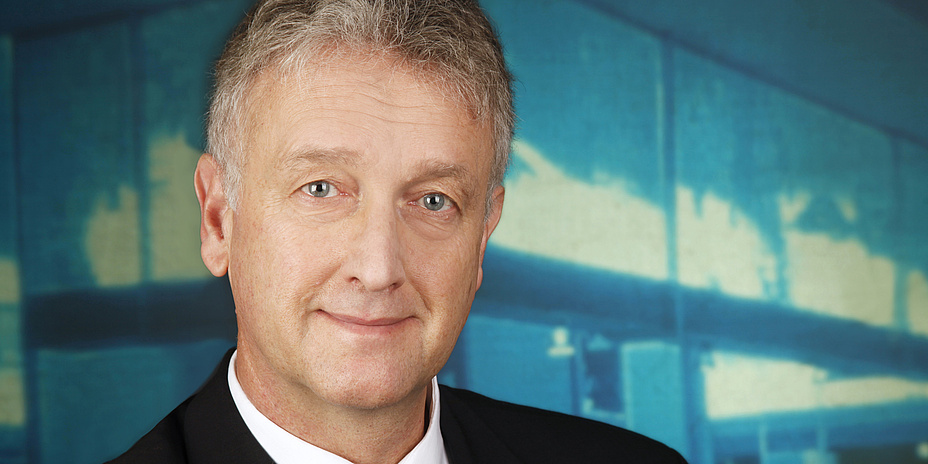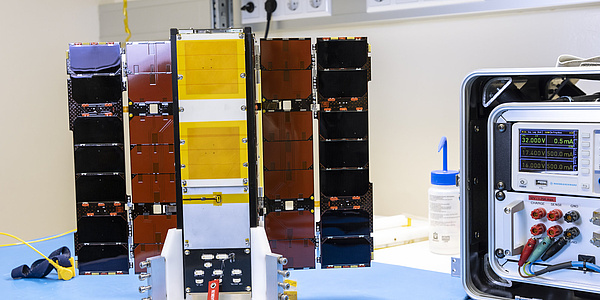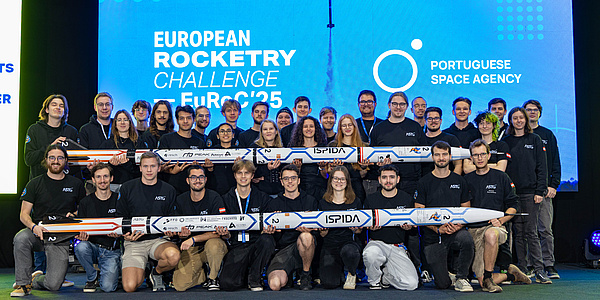‘I’m a travelling salesman for visual computing’

The Eurographics Gold Medal has been awarded by the <link https: www.eg.org wp eurographics-awards-programme the-eurographics-gold-medal _blank int-link-external external link in new>European Association for Computer Graphics<link https: www.eg.org wp eurographics-awards-programme the-eurographics-gold-medal _blank int-link-external external link in new> for services to the field of computer graphics every year since 2016. Former prizewinners are José L. Encarnação, David Duce, Hans-Peter Seidel and Werner Purgathofer. In 2018 Pere Brunet was awarded the Gold Medal along with Dieter W. Fellner.
News+Stories: At the moment, you’re not only head of the Institute of Computer Graphics and Knowledge Visualisation at TU Graz, but also head of the Fraunhofer Institute for Computer Graphics Research with head office in Darmstadt. How do you manage this balancing act?
Dieter W. Fellner: If you ask my wife, she says I either live nowhere or in a hotel (laughs). My family live in Darmstadt but I try to be in Graz as often as I can, and for this reason I spend a lot of time on the plane. Flight connections are meanwhile excellent and I can make my way to Graz after finishing work and next evening I’m back in Darmstadt. I see myself a little bit as a travelling salesman in the field of visual computing because I regularly visit the other branches of the Fraunhofer Institute for CGR. If it doesn’t work out being on location, I spend a lot of time in video conferences with my colleagues in Graz.If you ask my wife, she says I either live nowhere or in a hotel.
Before I had this leadership function I was a researcher myself, and I see it as my task to create optimum working and research conditions for the scientists – they shouldn’t have to concern themselves with organisational issues. I’ve got excellent teams at all the locations and companies, who all deliver the goods – so to speak. The two institutions are very different, but complement each other wonderfully.You’ve just been awarded the Eurographics Gold Medal for your services. What does this award mean to you?
Dieter W. Fellner: Of course I was delighted – many people haven’t received this award yet. For me this is recognition of my research and for supporting budding scientists. You get a lot of satisfaction from accompanying successful students. The Eurographics Association is one of two leading international scientific organisations and it allows us in Europe to work with our colleagues in North America at the same eye level and to represent our successes with self-confidence. On top of this, such organisations create a scientific ecosystem in which today’s careers can emerge.Do you yourself have the opportunity to do research?
Dieter W. Fellner: Research is very different today. The last time I was ‘only’ a researcher was when I was at TU Braunschweig, where I was in a team of 20 to 30 persons and problems of a certain scale could be tackled. Today, in a Fraunhofer Institute with 200 to 300 persons, I can work on quite different problems, think in the long term and operate at greater complexity – also financially. In a certain sense this is ‘luxury’ for me. My doctoral students and my activity as an expert in various funding groups ensure that I am always at the cutting edge of research.What originally drove you to grappling with computer graphics and visual computing?
Dieter W. Fellner: I first started technical mathematics at TU Graz and specialised in informatics data processing. At the time, contact with the teaching staff was very close because this study programme had very few students. In 1977 Hermann Maurer came to TU Graz and brought all these new problems with him. He was surrounded by a swarm of students (laughs). I found it very exciting and became part of his MUPID working group, which dealt with screen text decoders. I was responsible for dealing with the graphics processing.In the meantime we advanced into areas which we never even considered in those days.
Over the 40 years in which I’ve been working, computer graphics has changed radically. Earlier, there were the very separate research areas of ‘human-machine interaction’, ‘computer vision’ and ‘computer graphics’ – today, they’ve all merged into one field – ‘visual computing’. In the meantime we advanced into areas which we never even considered in those days. You only have to think of the Internet of Things or autonomous driving – you wouldn’t get very far without visual computing. Or in medicine. Of course it is surgeons who perform operations, but they all train using virtual reality. Whereas 20 years ago we attempted to show that these things could work, today we are occupied with introducing them to society.What are the big challenges of the future?
Dieter W. Fellner: We still have a lot to do because users only have their appetites stimulated when they’ve had something to eat (laughs). Today, machine learning is a very important topic – and very much of what is happening there comes straight out of image processing. Early artificial intelligence was based on control algorithms and databases. A big challenge now is to merge this rule-based AI with a data-driven AI – and there’s already been some great successes. But many applications have far too little data.We still have a lot to do because users only have their appetites stimulated when they’ve had something to eat.
To name once again medicine as an example. In the case of typical examnation, we’re talking about a data frame of 3,000 to 4,000 dimensional data points. Blood counts alone have countless attributes which could lie within this frame. And here I can start off with machine learning and, for instance, find out which persons with which special characteristics react particularly well to which medications – in other words work with phenotypes. I don’t have to trouble myself with trying everything out. The reason this is so important is because doctors-in-training don’t see as many cases as would be necessary. If you now cross link the data worldwide, then you have access to many more clinical cases and you could plough through them using machine intelligence. Of course, this can have an affect on the costs.One last important question: you can be found online under the names of Dieter W. Fellner and also Wolf-Dietrich Fellner. So, is it Dieter or Wolf-Dietrich?
Dieter W. Fellner: (laughs) I grew up with the name of Dieter, but according to my birth certificate I’m Wolf-Dietrich. I use this double-barrelled name in my passport and my many business flights. But I still answer to the name of Dieter.
Kontakt
Univ.Prof. Dipl.-Ing. Dr.techn.
Institute of Computer Graphics and Knowledge Visualisation
Inffeldgasse 16c
8010 Graz
Phone: +43 316 873 5400
<link int-link-mail window for sending>institutsleitung@cgv.tugraz.at




